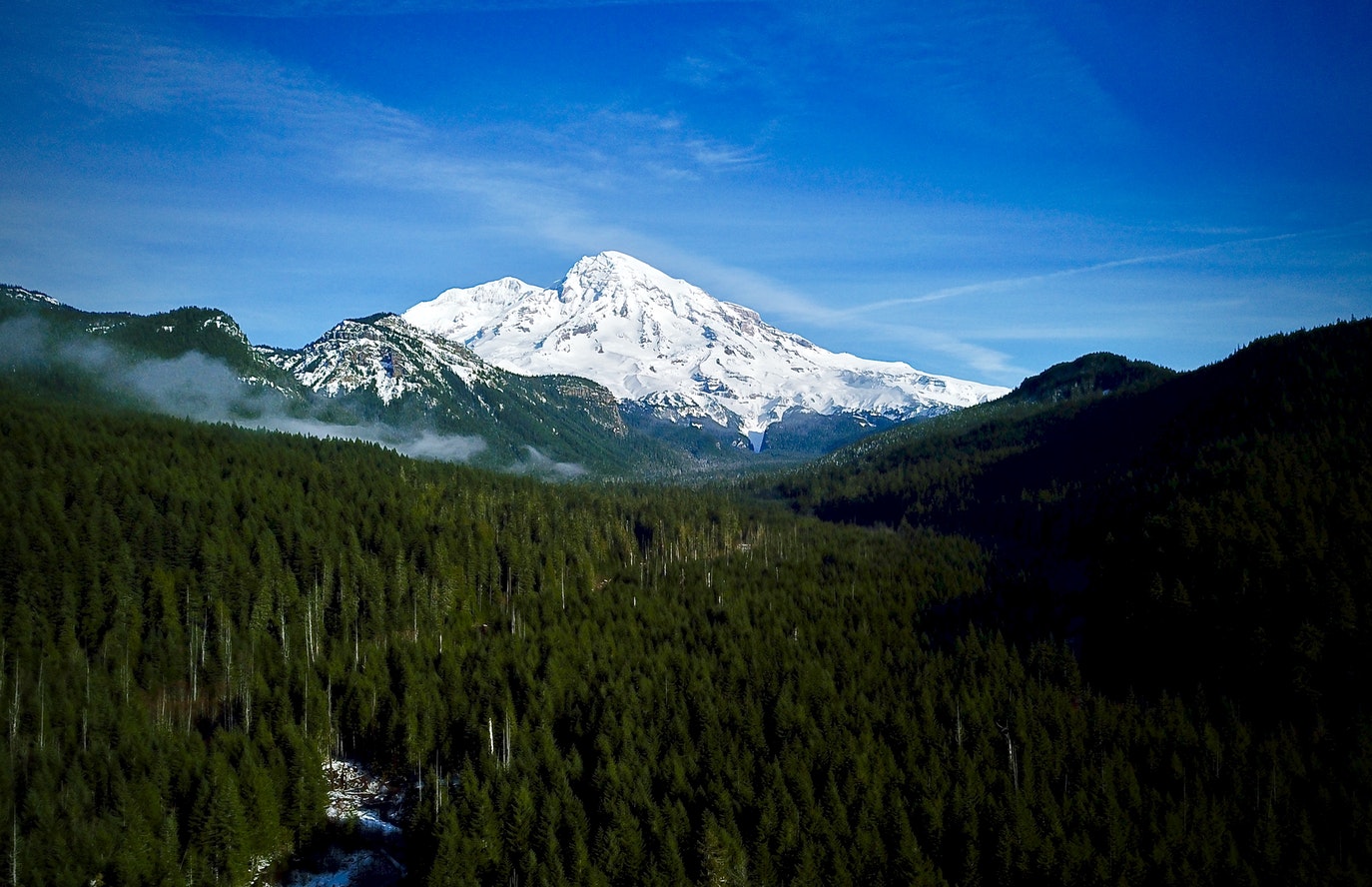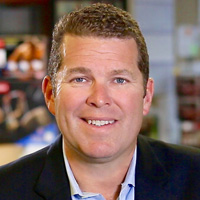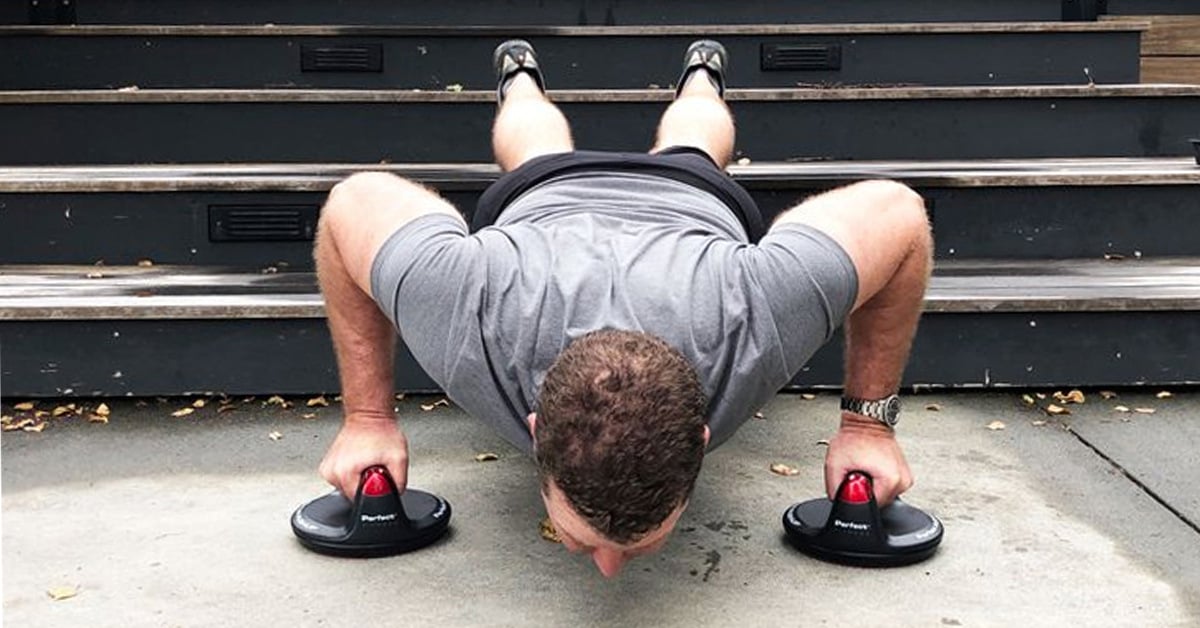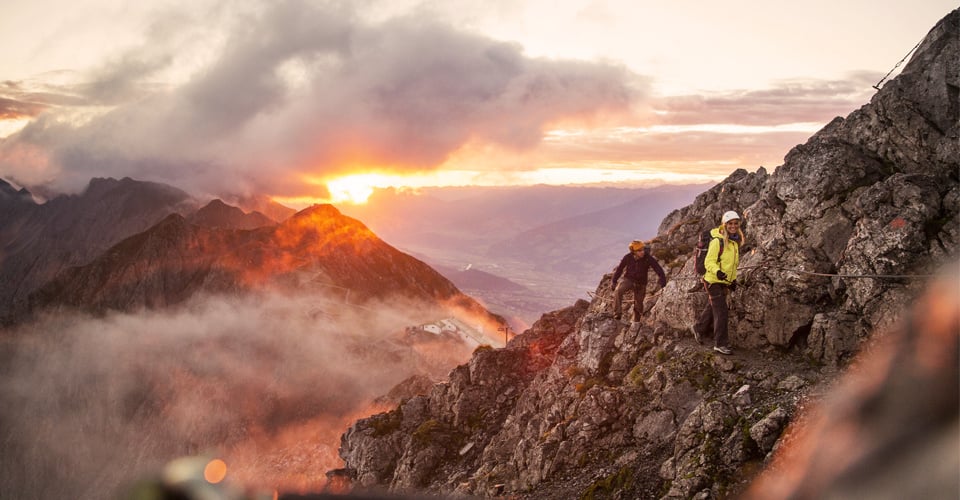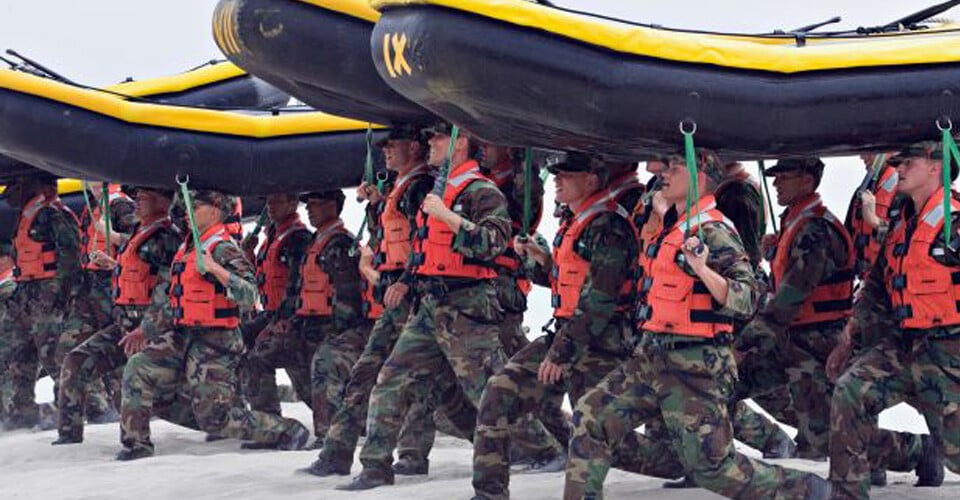May this series of posts inspire you to willingly move from your comfort zone into your struggle zone to push you past your current limits. Climbing Denali (Part I) covered:
- 3Ps – Professional, Personal, Physical
- Navy SEAL Exercises Boost Your Performance
- I’ll Just Use My Navy SEAL Mindset Training
- Climbing Denali to Help At-risk Youth “Reach their Summit”
- Climbing Denali Represented a Series of Firsts
- For Climbing Denali, My Preparation was Different
- Ouch. Here’s the Workout I Did for Climbing Denali
- The Importance of Preparation
- The Importance of Getting the Right Guides
The Conversation – Summiting Your First Mountain – the One in Your Head
The day we left for base camp in Denali National Park, we were required to weigh in with our climbing boots and base clothing. The weigh-in is for the load planning of the airplane that flies us to and from the glacier – a beautiful fire engine red DeHalivand Otter with hydraulic skis attached to its wheels. The guides hopped on the large digital scale first with their climbing boots in their hands – both were within a few pounds of each other – about 155 pounds. Then we did the same – one-by-one, the four us stepped onto the scale with readings between 175-185 pounds; that is, until it was my turn. I actually was looking forward to it – until I saw the little gray scale digital readout post 252.2 pounds. The first thing that flash through my head was, “What!?! All that training, and now I’m back to where I started?!” Walt was standing next to the scale and announced the betting was on as to who the biggest “loser” would be on this trip – he put his money on me and stated I would lose 25-30 pounds. And then he pulled me aside and said, “Alden, this climb is going to be harder for you because you’re carrying more weight up the mountain – it’s a simple fact of physics – don’t let it get you down, just know that’s what you’re dealing with.” Walt’s day “job” is working at University of Montana as an exercise physiologist (he has a masters in it) and the “simple physics” he is referring to is the Work Equation: Work = mass x acceleration x distance. What he was saying to me was, because I have the most mass, I’m going to have to work harder to keep the same acceleration (pace) over the same distance as my teammates. It was not the first time I have dealt with this, but it’s nonetheless not great to hear, especially from an expert such as Walt.
The “Why Am I Doing This” Conversation
Climbing Denali is a slog – You walk for hours at a time with heavy packs – often up to 65 pounds – and many times while pulling a sled with another 40-55 pounds in it. As the air thins and your legs get heavy from lactic acid, there’s a conversation that creeps into your head. It’s the same conversation that you have anytime you are entering unknown territory. It doesn’t matter the environment – if your brain is being introduced to something that is new, then you deal with the conversation. What I am referring to is the “why am I doing this” conversation. If you don’t have a good answer, then your brain will seek to convince you to stop enduring the pain (our brains don’t like pain – they like pleasure). Pain for our 3-million-year-old evolved brains means danger; it means maybe not surviving, and that’s a problem because we come pre-wired to survive. Put yourself in a situation where there’s copious amounts of pain and the unknown, and you’ll be dealing the conversation continually – that is, until you take charge of the dialogue. Our brains know what they know – they are only as good as the input we enable it to accept from our senses of taste, touch, smell and what we see, listen to and decide to learn. Venturing into the unknown is scary, and our brains don’t like it until we link the danger with a positive outcome. In fact, if I am not careful, then I’ll let my brain whine it’s way into dictating to me that I take a comfort-zone action, such as walking slower or even stopping or sleeping a bit longer, or not making the extra effort to get something done.
The Conversation Between the Voices in Our Head and Heart
The other voice in this conversation is our heart (or our gut). I call the two voices our head and heart voices – these are the ones that contribute to the conversation. Unlike our head, our heart whispers. Instead of asking “why?” or “how?” or “what?” questions, our hearts give out commands but they are quiet ones. Their orders might say things like the ones I heard during SEAL training or climbing Denali: “you can do it,” “take another step,” “get up,” and “try again.” It is up to us to decide how to direct the conversation and which voice we want to magnify. I appreciated Walt’s physiological advice, but I didn’t let my brain use it as a crutch while hiking. I found myself literally repeating positive phrases from time to time, such as, “you got this” or ‘bring it on.” The moment my mind wandered toward, “gee, I’m not sure I can do this,” I found my attitude and mindset slipping down a hole of negativity. Embracing the conversation, reminding me (and my brain) why I was doing this hike, and giving it a reason to believe everyday, was a key to my success to reaching the summit.
Onward and upward!
